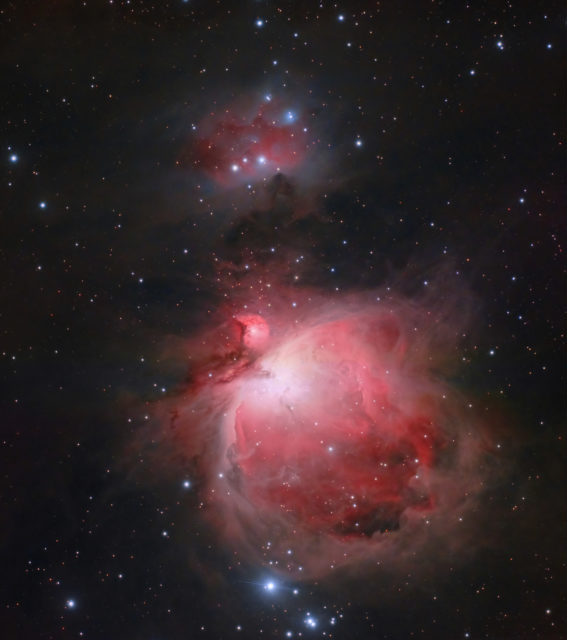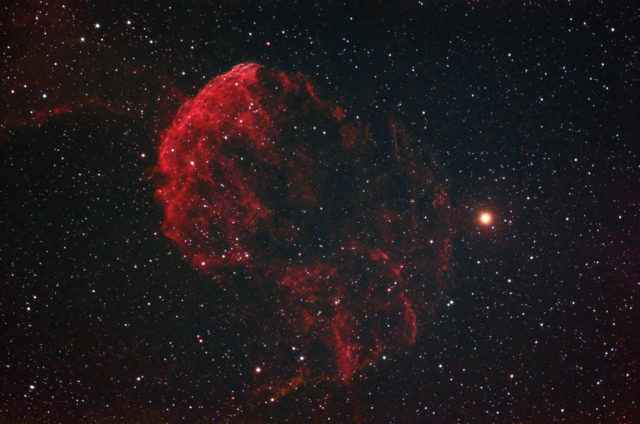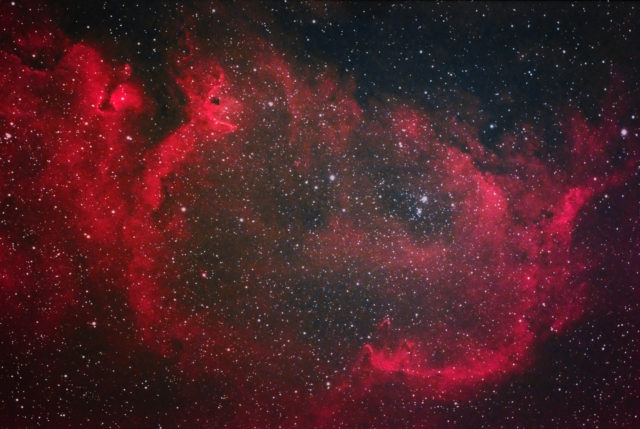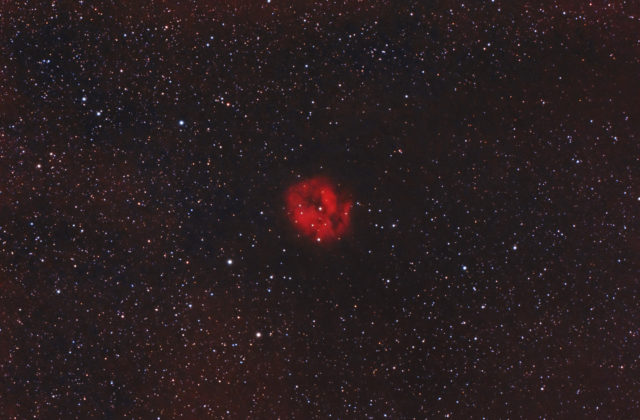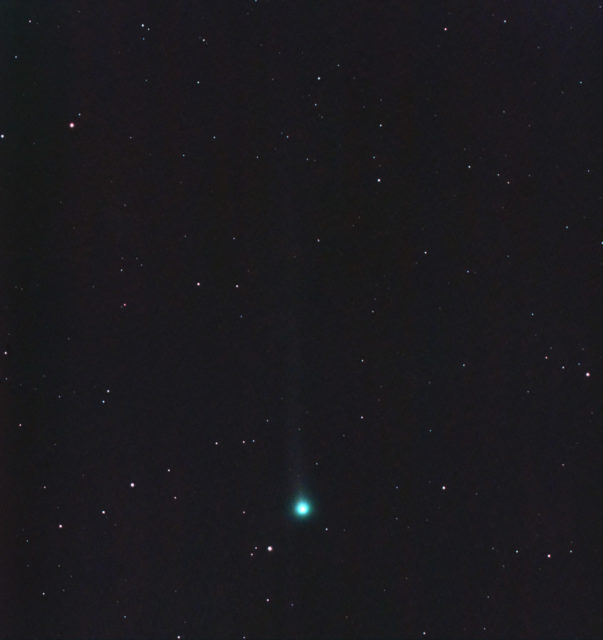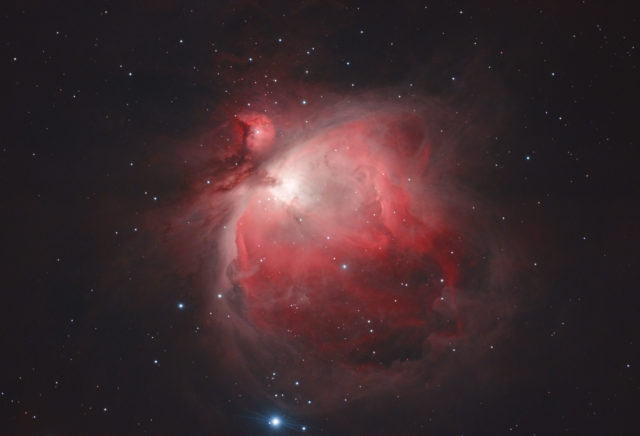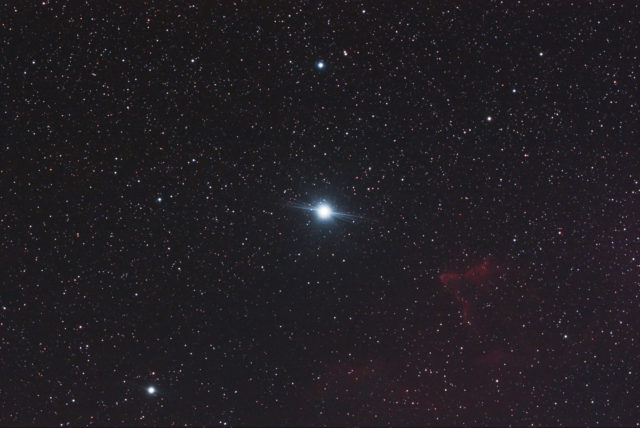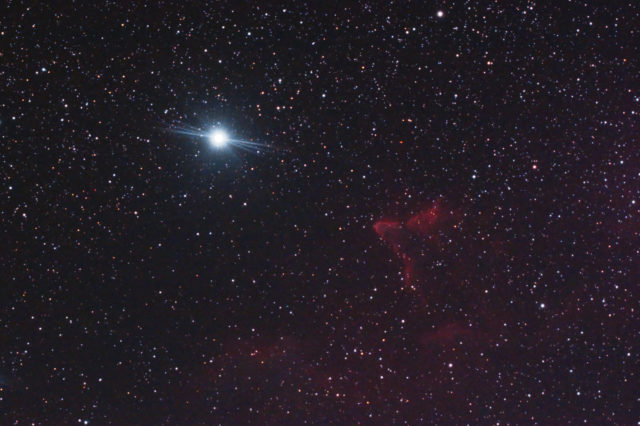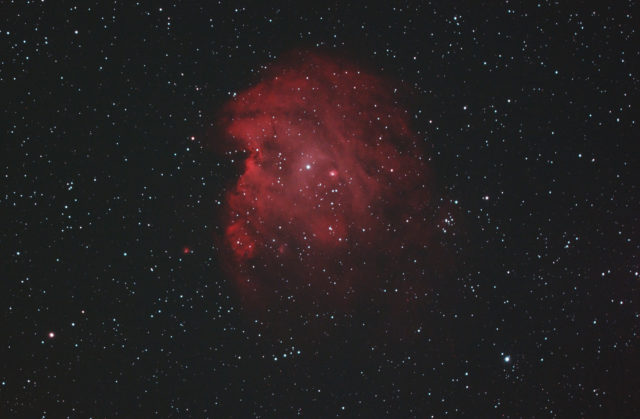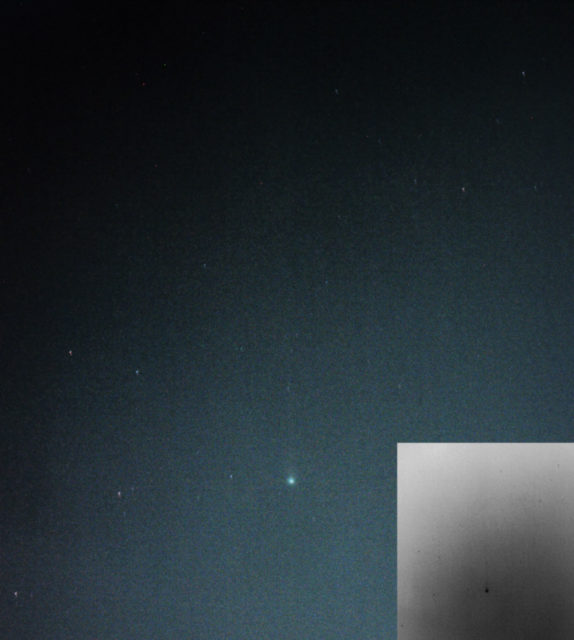
All posts by admin
Jellyfish Nebula on Nov 24, 2020
Soul Nebula in 130 Minutes
Cocoon Nebula Short Run
North America Nebula and Pelican Nebula Mosaic Preview
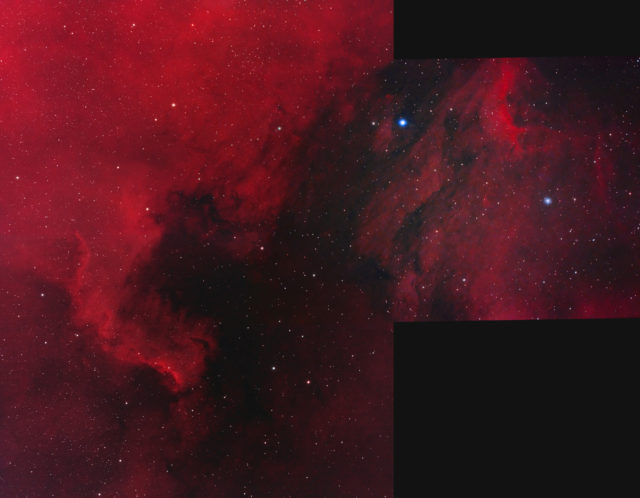
Above is the start of the mosaic. 3 Panels that will probably be six before it is all said and done. Below is just the North America Part, unfinished since I need to get the top of the nebula. Click to see it at 50% of the full resolution.
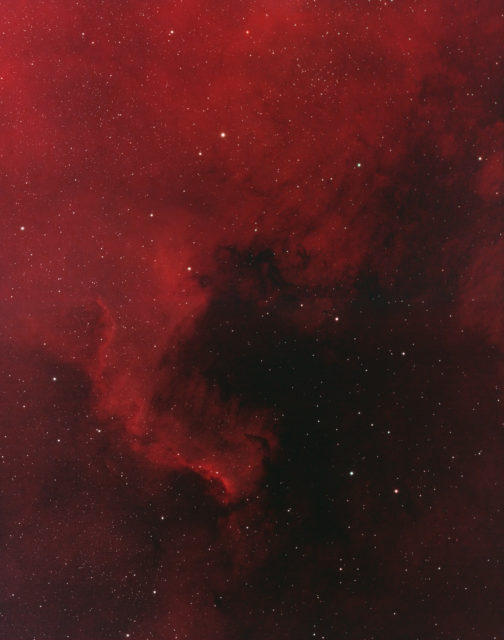
Comet Erasmus (C/2020 S3) on Nov 22, 2020
Comet Erasmus (C/2020 S3) on Nov 22, 2020, 4:50 AM to 5:40 AM. 50×60 sec sub-images captured in SharpCap 3.2, QHY183c at -20C cooling, Gain 20, Offset 200, Optolong L-eNhance filter, Televue TV-85 at F/5.6, dark, flat, bias calibration, Metro area, Bortle 7-8 zone, clear and average transparency, seeing was poor for comet elevation (under 12 degrees.) Star-Freeze version.
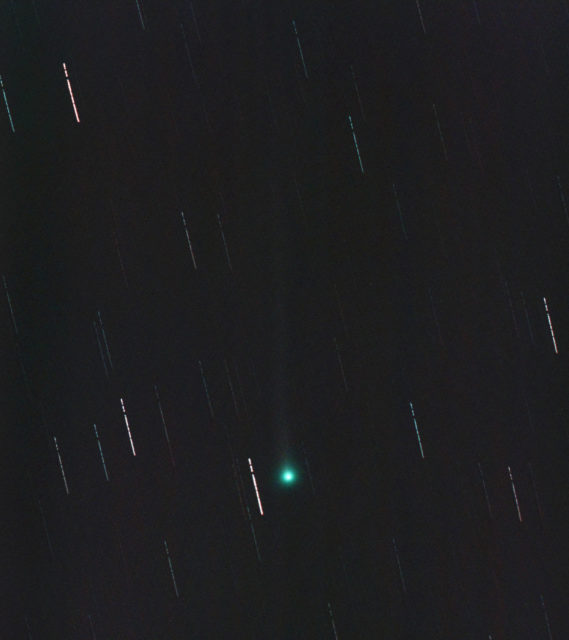
New comet discovered in September, 2020 in the morning sky at twilight. Very low and very hard to image from the metro area I’m in. I used an Optolong L-eNhance filter, which helped beat back the terrible LP I had to image through when it was less than 12 degrees above the horizon.
The Great Orion Nebula, M42
Gamma Cas and The Ghost Nebula
Monkey Head Nebula In 40 Minutes
Running Man Nebula and The Orion Nebula Mosaic
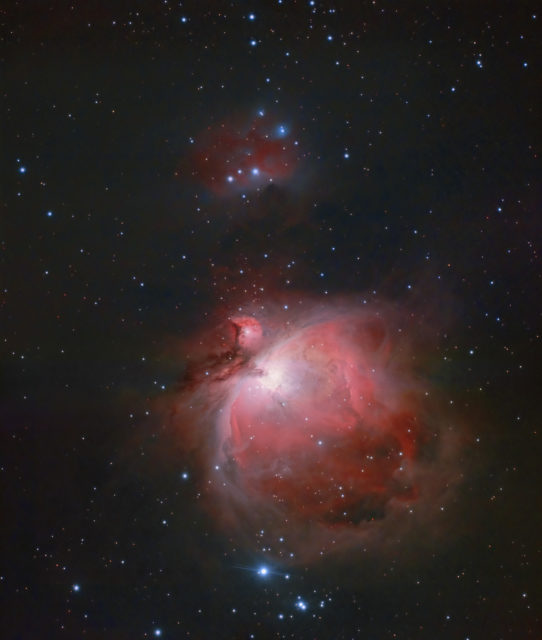
Gain was too high for this project. The over-saturated areas caused column/row artifacts which created dark horizontal bands on either side of the brightest part of the core. It was difficult to deal with in post-processing. Next time, I want to try some low-gain, longer exposures instead to see if the banding problem goes away.
For fun, I combined this image with my M42 project image that included all my best data to date. Here is the results of that mix:
